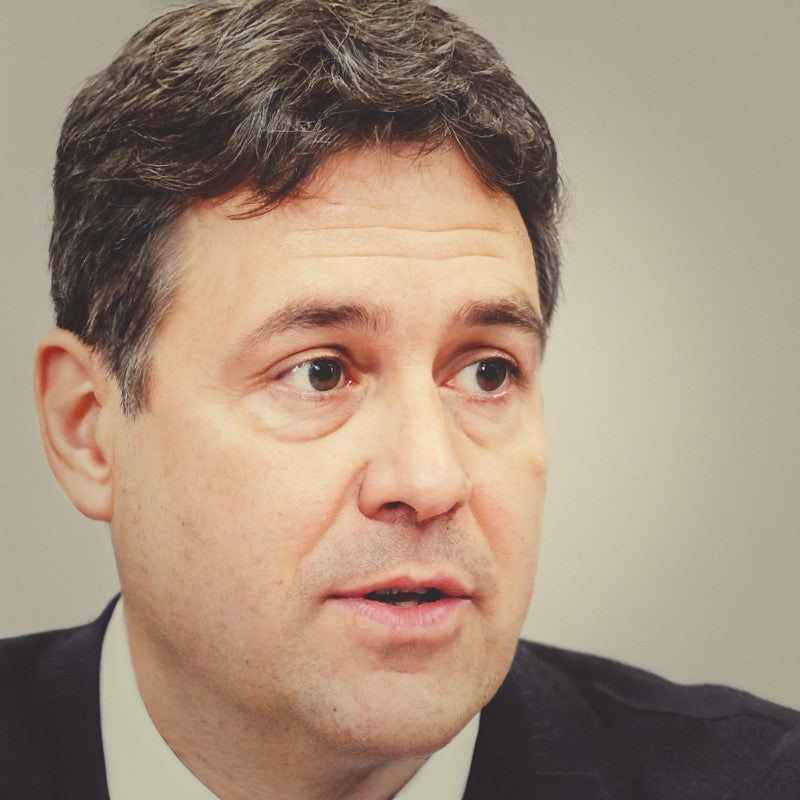We're glad you're here! If you're prepping for an interview in the Civil Service at the Grade 6 level, you've come to the right place. Today, we’ll break down the "Seeing the Big Picture" behavior, focusing on what it means for a Grade 6 role, and how you can answer related interview questions like a pro. We’ll also guide you through the B-STAR method so you can showcase your skills with confidence!
What is "Seeing the Big Picture"? 🌍
"Seeing the Big Picture" means understanding how your role fits into the wider organizational goals and external influences. For a Grade 6 role, this behavior is about having a strategic perspective, understanding broader priorities, and anticipating the long-term impact of your work on the public and the organization.
At this level, you're expected to think beyond your team or immediate task. You'll need to understand how government policies, stakeholders, and global trends can affect the work you're doing.
How does it differ from other levels?
While junior roles might focus more on contributing to immediate team goals, Grade 6 staff must look outward, considering how decisions align with departmental and government-wide objectives. You're more involved in shaping strategy rather than just implementing it.
How to Answer "Seeing the Big Picture" Questions Using B-STAR 🧠⭐
Using the B-STAR method can help you structure your answers in a way that highlights your understanding of the big picture. Here's how it works:
1. Belief 🛠️
Start by explaining your belief or mindset around the behavior. For "Seeing the Big Picture," talk about how important it is to consider the long-term goals of your department and how your work can align with broader objectives.
2. Situation 🔍
Describe a situation where you had to think strategically. Set the scene and give enough context to show why this scenario was significant.
3. Task 📑
Explain your specific role. What were you responsible for? Make it clear how your task required you to think beyond the immediate problem.
4. Action 🚀
Detail the steps you took to ensure that you were aligning with the bigger picture. How did you research or gather insights to guide your decision-making? Show that you took ownership of the task and strategically planned your approach.
5. Result 🎯
Finally, outline the results of your actions. Were there long-term benefits? Did your decision positively impact the broader goals? Always tie your results back to the larger objectives of your department or organization.
Common "Seeing the Big Picture" Interview Questions 🧐
👉 "Tell us about a time when you had to consider the wider implications of a decision you made."
👉 "Describe a situation where you had to align your team’s goals with broader government priorities."
👉 "How do you stay informed about the wider issues affecting your department?"
👉 "Click here to see more... https://interviewdetectives.com/products/grade-6-7-civil-service-behaviours-interview-questions-and-answers"
What Interviewers Are Looking For 👀
Understanding the Wider Context
Interviewers want to see that you understand how your role fits into the wider organizational goals. When answering these questions, ensure you mention any research or information gathering you did to understand external factors, such as government policies or trends.
Strategic Thinking
They’ll be looking for evidence that you can think beyond immediate tasks and consider long-term consequences. Show that you’re proactive about aligning your work with overarching objectives.
Influencing and Collaborating
For a Grade 6 role, it’s important that you can work with other departments, stakeholders, or teams. Highlight how you engaged others to ensure alignment with the bigger picture.
Scenario Ideas ✨
Here are a few scenarios that could work well when discussing "Seeing the Big Picture" in your interview:
🔎 Developing a strategic plan for your department that aligned with national government initiatives.
🔎 Collaborating with external stakeholders to influence policy decisions that impacted your organization.
🔎 Leading a project that had long-term effects, ensuring it was sustainable and aligned with broader objectives.
Common Mistakes to Avoid 🚫
⚠️ Focusing too much on the details – Make sure you highlight the big picture and how your actions fit into broader organizational goals.
⚠️ Neglecting external factors – Always mention any external influences, such as government priorities or policies, and how they affected your approach.
⚠️ Ignoring collaboration – Don’t forget to talk about how you worked with others, both inside and outside your team, to ensure strategic alignment.
⚠️ No measurable outcomes – Make sure you include the long-term impact of your work. Show how your decisions contributed to wider success.
Key Takeaways 🎓
- Seeing the Big Picture at Grade 6 is about having a strategic perspective.
- You’re expected to align your work with the broader goals of your department and government.
- Use the B-STAR method to frame your answers and highlight your belief in the importance of strategic thinking.
- Interviewers want to see your understanding of the wider context, strategic planning, and collaboration.
- Avoid common mistakes like focusing on the details or forgetting to show long-term impact.
Good luck with your interview, and remember—you’ve got this! 😄


